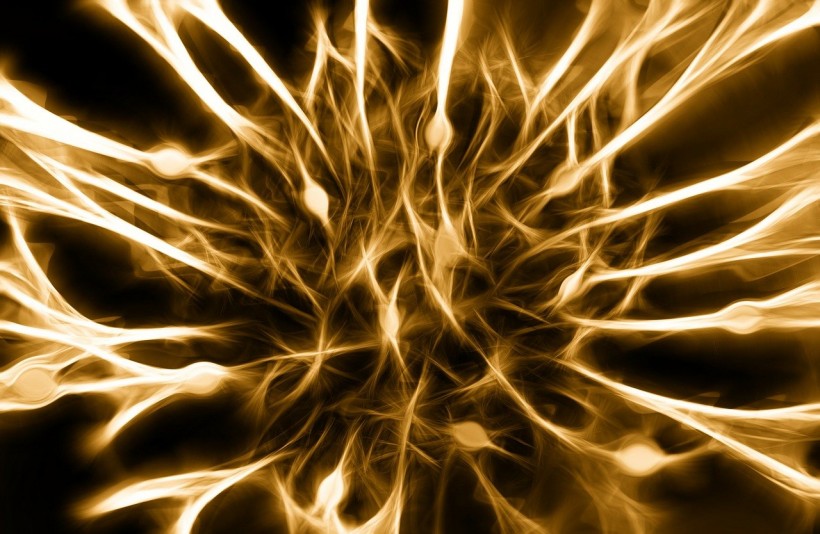According to a global team that researchers from the University of Sydney led, nanowire networks may demonstrate brain-like short- and long-term memory functions.

Brain-Like Memory Skills
Phys reports that, according to Dr. Alon Loeffler, Ph.D., the study's lead author, the high-order cognitive function could be mirrored in hardware that does not have a biological nature. The results were detailed in the Science Advances journal.
This recent research was grounded in their previous study, which demonstrated how nanotechnology could be utilized for building electrical devices inspired by the brain. These devices had circuits that worked like networks of neurons and signals that functioned like synapses.
Dr. Loeffler adds that their current work is a way-paver for replicating brain-like memory and learning in hardware systems that are not biological. Their work also suggests that the key to brain-like intelligence could lie in its physical configuration.
According to the Tech Times, nanowire networks comprise tiny silver wires covered with plastic materials. Phys adds that these minuscule wires cannot be seen with the naked eye. Such wires mirror certain aspects of the human brain's physical structure and network.
Nanowire network advancements could help with several applications, including boosting sensor or robotic devices that must execute fast decision-making in unpredictable environments.
Professor Zdenka Kuncic, the study's senior author from the School of Physics, explains that the network is like a synthetic neural network. Nanowires function like neurons, while their connectivity points mirror synapses.
Rather than conducting a machine learning function, the researchers showed how nanowire networks could demonstrate high cognitive functions.
Testing Nanowire Network Capabilities
As per Phys, the researchers tested the nanowire networks with a measure similar to the N-Back task for humans.
In the case of humans, the N-Back task could cover remembering a specific cat picture among several feline photos that were consecutively presented. The average score is 7, which shows that people may recognize the image that showed up "seven steps back."
The researchers discovered that the channels could remember desired points in seven-step-back electric circuits after conducting the same analogies for nanowire networks. This equated to an N-Back score of 7.
Dr. Loeffler explains that they manipulated end electrode voltages rather than letting the nanowire work independently. This was done to force pathways to face the desired endpoint.
When they did this, the nanowire exhibited a more accurate memory that did not plummet as time passed. This shows that they may have discovered a way of boosting pathways and pushing them in desired directions. The nanowire networks also remember these.
Dr. Loeffler notes that neuroscientists think that the brain functions in the same fashion. While some synaptic links become stronger, others get weaker.
The authors also note that when constant reinforcement is executed on the network, it reaches a certain point where reinforcement is no longer necessary. This is because of the consolidation of information within memory.
Professor Kuncic adds that this is similar to the human brain's short- and long-term memory differences. It is important to keep training the brain for information consolidation to remember something for long periods of time. If this is not done, the memory may fade away as time passes.
RELATED ARTICLE: Quantum Brain: Scientists Discover How to Revolutionize Computing
Check out more news and information on Nanotechnology in Science Times.














